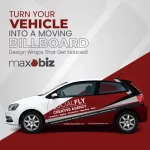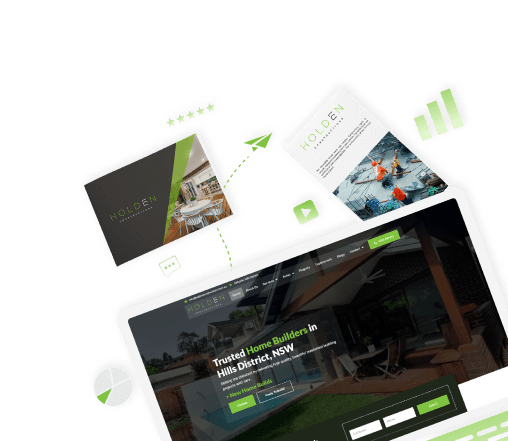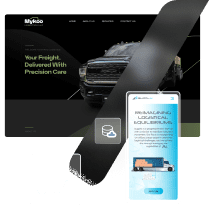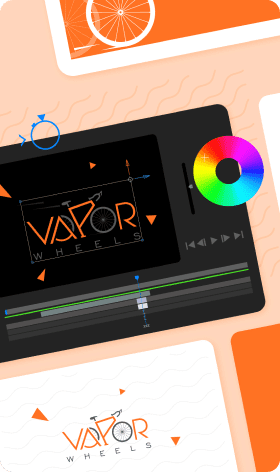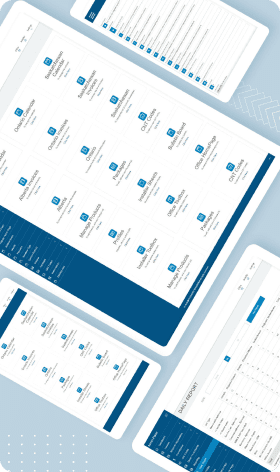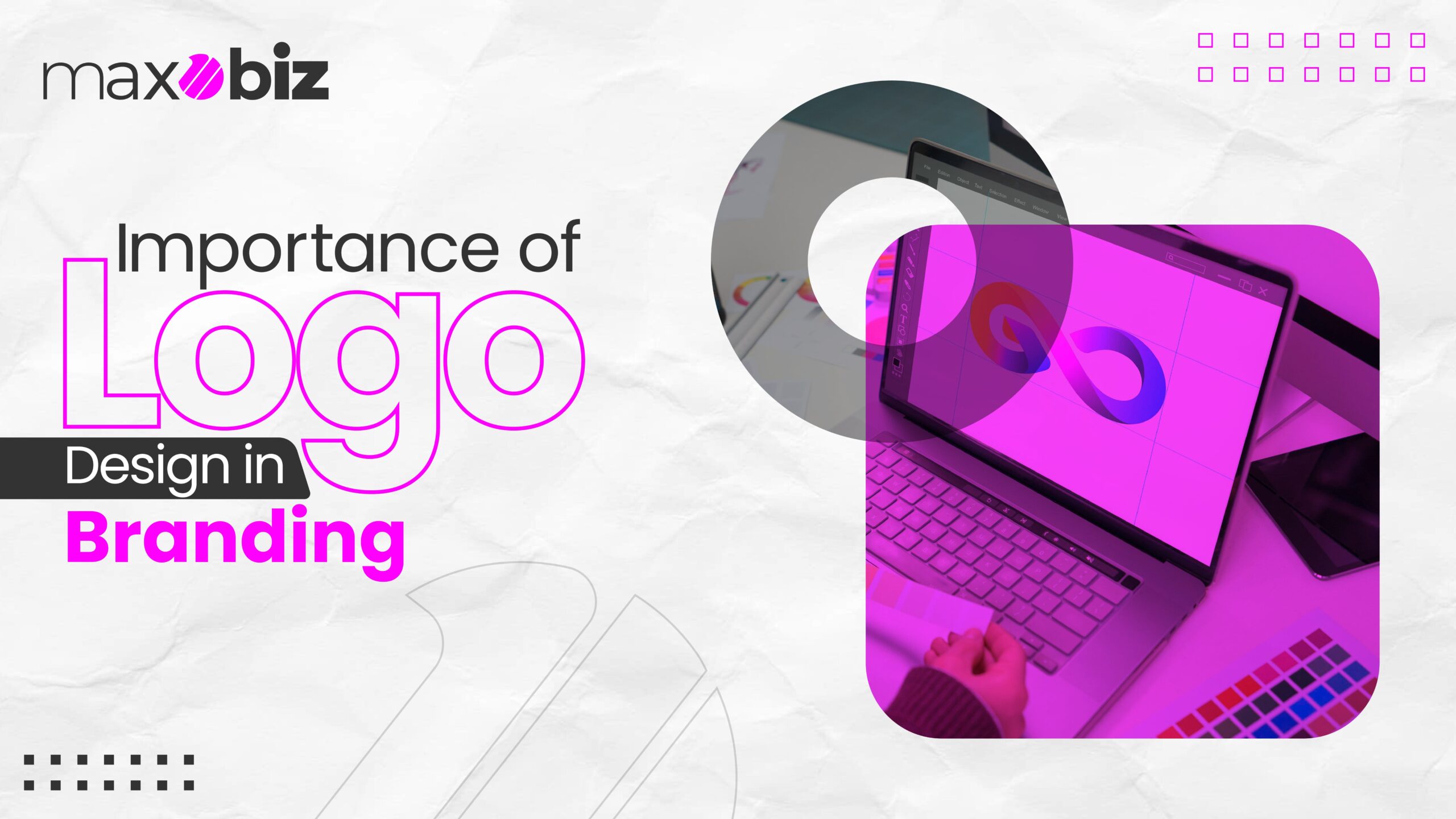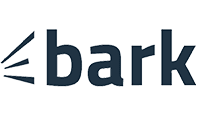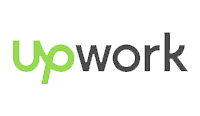Introduction:
Let’s explore the world of logos. Logos are those little pictures or symbols that represent a company or brand. They may seem small, but they are important in showing what a brand is all about. Logo design is the art of creating these visual representations. It involves using creativity to make something that can catch people’s attention and make them interested in what the brand has to offer. A well-designed logo has the power to attract new customers and make a lasting impression on the brand.
The Importance of Logo:
Your logo is not just a picture, it’s the face of your brand. It’s the first thing people see and it tells them what your business is all about. A good logo creates a strong connection with customers and builds trust in your brand. It’s something that all businesses, no matter their size, can’t do without. In the big world of business, logos are more than just images. They are like ambassadors for your brand, representing it visually. Think about the colourful lettering of Google, the arrow connecting A to Z in Amazon’s logo. When you see those logos, you instantly think about their respective brands. That’s the power of a logo. It helps people recognize and remember your brand in a crowded market.
The Psychology of Logo Design:
Logo design is more than just making something that looks nice. It’s a way to talk without using words and show what your brand is all about. A good logo represents your brand’s personality, values, and beliefs. So, designing a logo is not something you do randomly. It takes careful thought and consideration because it has a big effect on how people see your brand.
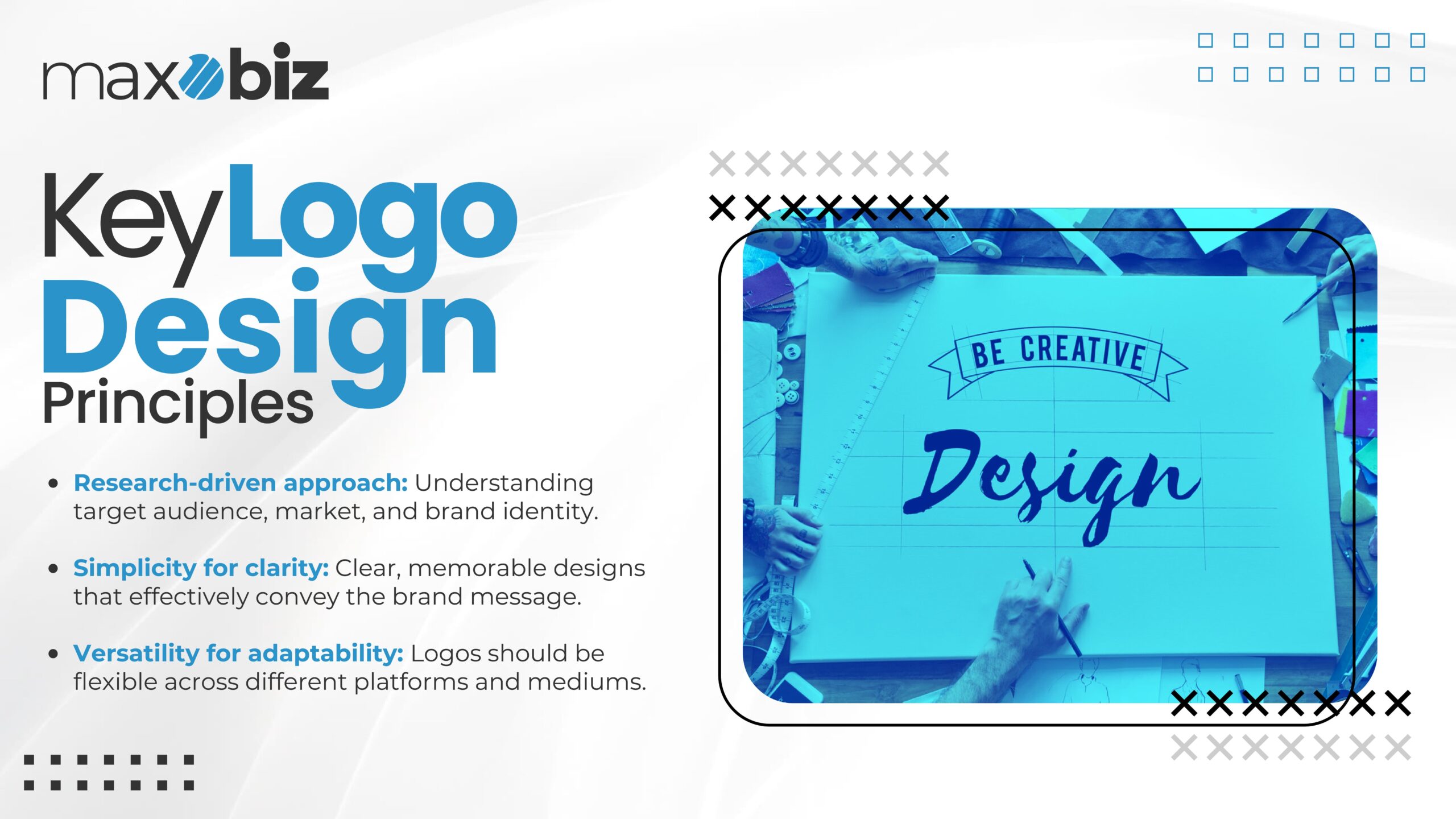
Research is Key to Effective Logo Design:
Understanding your target customers, their preferences, and the competitive landscape is paramount in effective logo design. Thorough research allows logo designers to gain a clear understanding of what the brand stands for, enabling them to create a logo that resonates with the target audience.
Simplicity Emphasizes Brand Clarity:
A cluttered or complex logo can lead to confusion and misinterpretation. Simplicity, on the other hand, enhances brand clarity. A simple logo is not only memorable but also easy to recognize, allowing for effective communication of the brand message.
Versatility for Flexible Logo Placement:
A logo should be flexible enough to be used across various applications such as websites, business cards, billboards, and product packaging. A versatile logo design can be resized, recoloured, and still retain its recognizability and legibility, adapting to different dimensions and mediums.
Timelessness Ensures Relevance:
A logo is an investment and should not be changed frequently. A timeless logo can withstand the test of time, remaining relevant as the brand evolves. Designing a logo with the long-term vision of the brand in mind ensures its sustained relevance. Effective logo design should reflect the brand message, prioritize simplicity, offer versatility for flexible usage, and stand the test of time.
The Impact of Logos on Your Business:
Logo design and branding go hand in hand. Branding is all about creating a specific image for a product or service, while logos are the visual symbols that represent that image. Logos play a big role in shaping how people perceive a brand.

First Impressions Matter:
A logo is often the first thing a potential customer sees, making it a critical element in forming a business’s initial impression. A well-designed logo can make or break this crucial first interaction.
Creating Lasting Impressions:
Successful logos leave a lasting image that customers associate with a particular brand long after they’ve used the product or service. A memorable and recognizable logo ensures continued brand recall.
Brand Differentiation in a Competitive Market:
In a crowded market with lots of businesses competing for attention, having a well-designed and memorable logo can make a company stand out. A good logo sets a business apart from its competitors and helps customers easily recognize and remember it.
Branding vs. Logo:
While logos are an integral part of branding, they are not the same. Branding focuses on the product and its benefits, shaping customer perceptions. Logos, on the other hand, are visual markers aiding customers in identifying and recalling a brand.
Creating Brand Recall with Logo Design:
A well-designed logo serves as a visual shortcut for customers, facilitating easy brand recall. The importance of creating a logo that is both unique and easily recognizable cannot be overstated.
Differentiation in a Competitive Market:
With millions of businesses competing for customer’s attention, a professional and memorable logo can create a unique identity for a company. The right logo sets a business apart from competitors and establishes its identity in customer’s minds.
Stages of Effective Logo Design Process:
Creating a great logo involves following a careful and organized process with several important stages.
1. Discovery:
The first stage involves delving into the brand and understanding its core values, mission, and goals. This important step sets the tone for the entire design process.
2. Strategy and Research:
In this stage, a comprehensive strategy is developed. Market analysis, competitor research, and defining the target audience are crucial components. This phase lays the groundwork for informed decision-making in subsequent stages.
3. Design:
The design stage is where concepts take shape. Using sketches and digital mock-ups, the visual representation of the brand begins to materialize. Creativity, combined with a deep understanding of the brand, drives this phase.
4. Feedback and Refinement:
During the logo design process, feedback from stakeholders is gathered and incorporated. This helps refine and improve the logo, ensuring it aligns with the brand’s vision and appeals to the target audience.
5. Final Review:
After the final design is created, it is carefully examined to see if it meets the objectives established in the beginning. It is evaluated to ensure that it is cohesive, has a strong impact, and effectively communicates the brand’s message.
6. Delivery:
Once approved, the final logo is delivered in various formats and resolutions, ready for implementation across diverse mediums. Each stage in this process is indispensable, contributing to the creation of an effective logo that authentically reflects the brand message.
Modern Trends In Logo Design
In the dynamic landscape of design, contemporary trends in logo design are continually evolving.
Here are some notable modern trends:
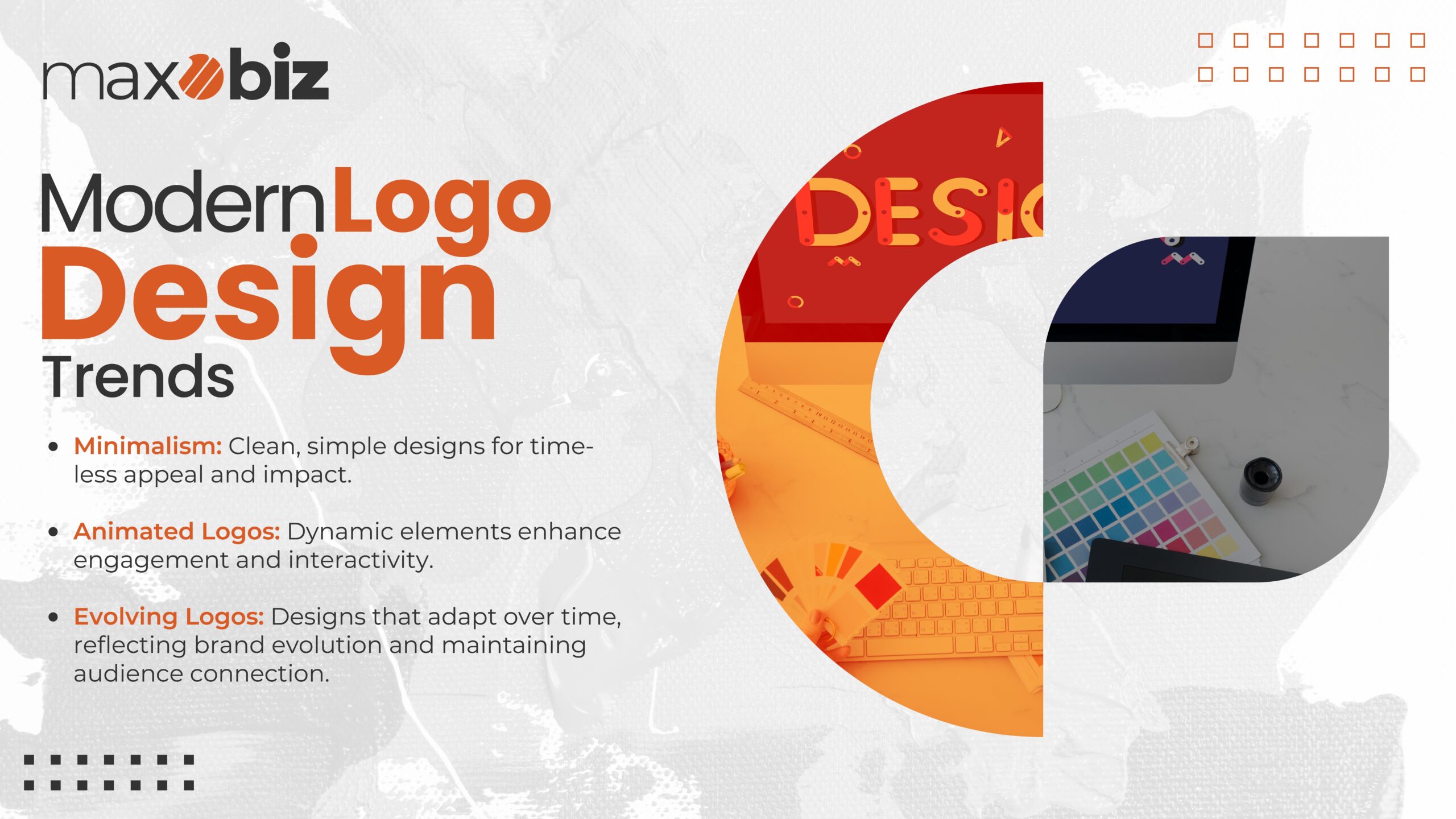
1. Minimalism:
Minimalism continues to dominate logo design trends. Clean lines, simplicity, and reduction of visual clutter resonate in an era that values simplicity and meaningful design.
2. Animated Logos:
Animations in logos are gaining popularity. Dynamic, engaging, and informative, animated logos bring an extra layer of interactivity to brand visuals.
3. Evolving Logos:
Some brands opt for evolving logos, visually keeping pace with the times. This not only reflects a commitment to improvement but also enhances the brand’s touch points with the audience.
Conclusion
In the competitive landscape of modern business, your logo is not just a visual element, it is the face of your brand. A well-designed logo silently communicates your company’s values, quality, and mission, acting as your brand’s ambassador in the global marketplace. As a startup navigating the industry or an established company seeking a brand refresh, understanding the importance of a logo in branding is the initial step toward creating a memorable and influential brand. Logo design is not a luxury but a necessity, and it is through this visual representation that your brand establishes itself in the minds of consumers. From the psychology of logo design to the impact of logos on your business, the journey involves careful consideration, creativity, and an understanding of market dynamics. Each element of a logo, from color to font, contributes to the overall message it conveys.
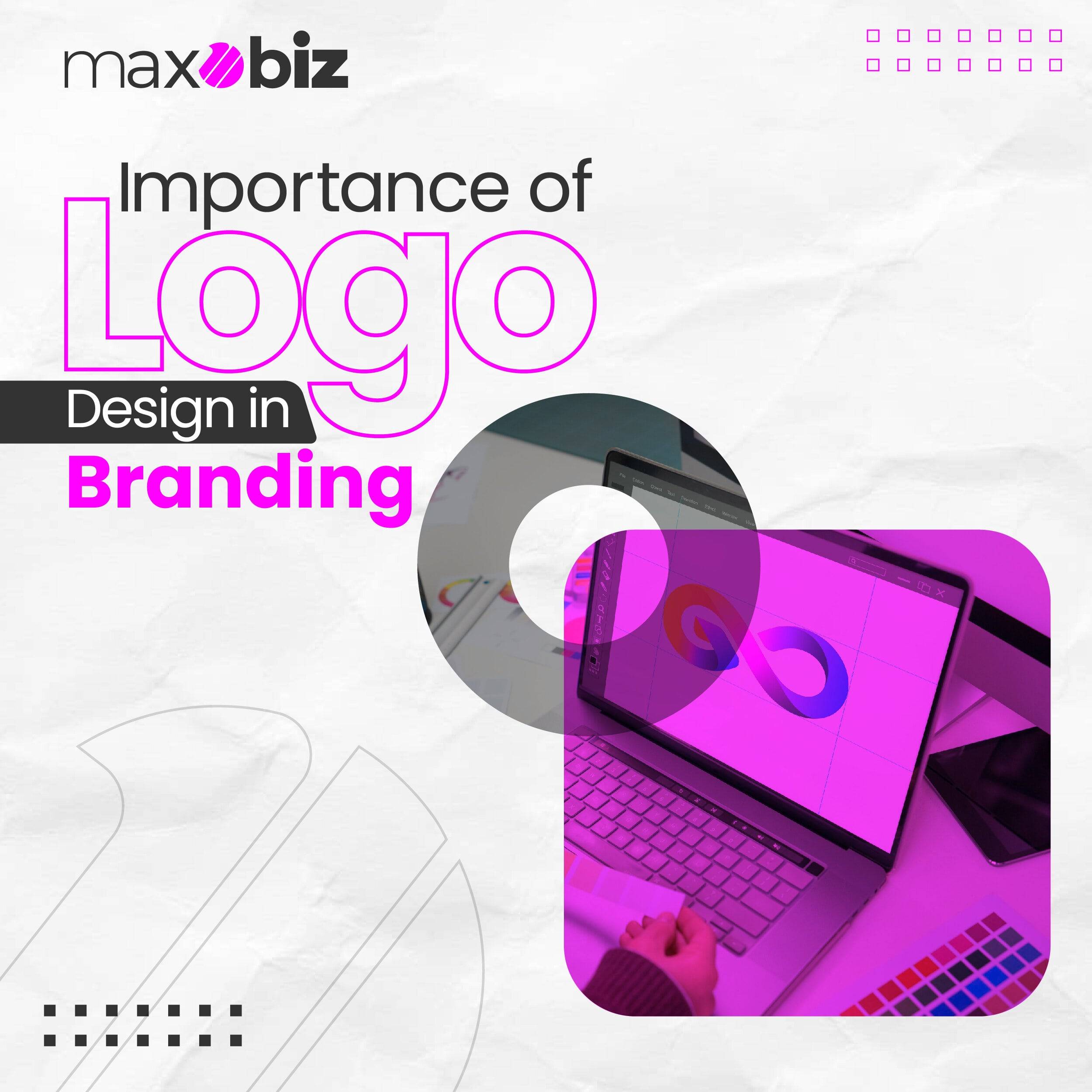
In the grand scheme of branding, your logo is the anchor the visual symbol that consumers rely on for recognition and recall. It is more than an image, it is a strategic asset that influences consumer behavior, builds brand loyalty, and ultimately contributes to the success and longevity of your business. When you start the process of designing a logo, keep in mind that it’s not just about making a pretty picture. It’s about creating a visual identity that connects with your audience, endures over time, and adds to the story of your brand. In the ever-changing world of business, a well-designed logo is not just something you spend money on, it’s a crucial part of your brand’s visual identity. It lays the groundwork for being recognized, building loyalty, and achieving long-term success.

